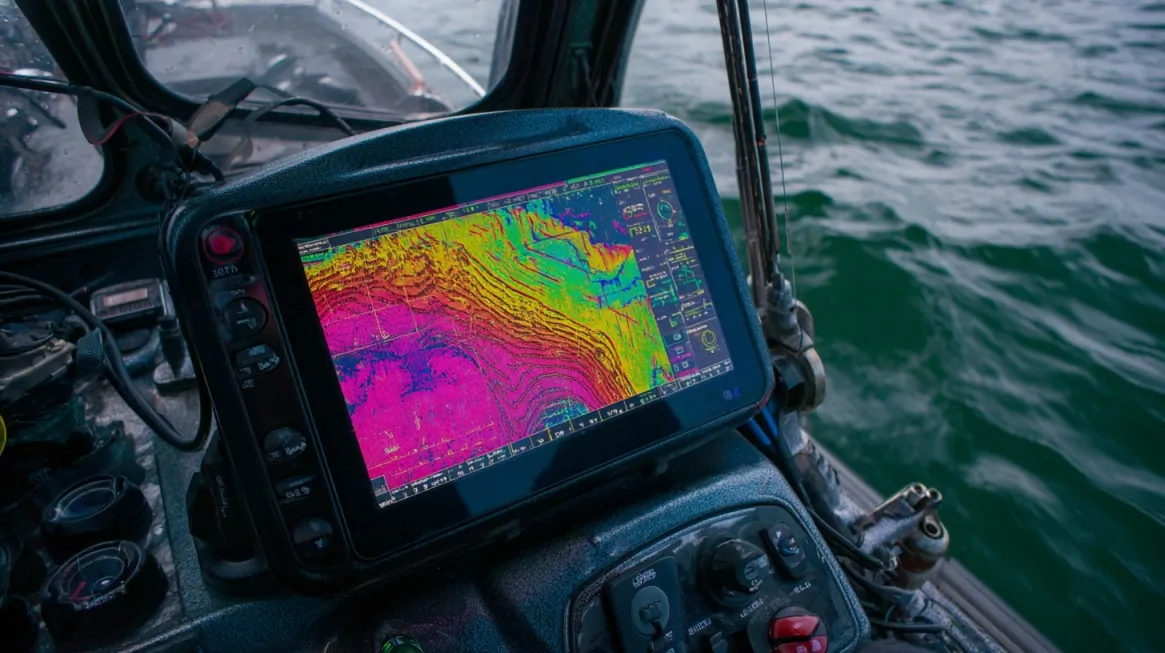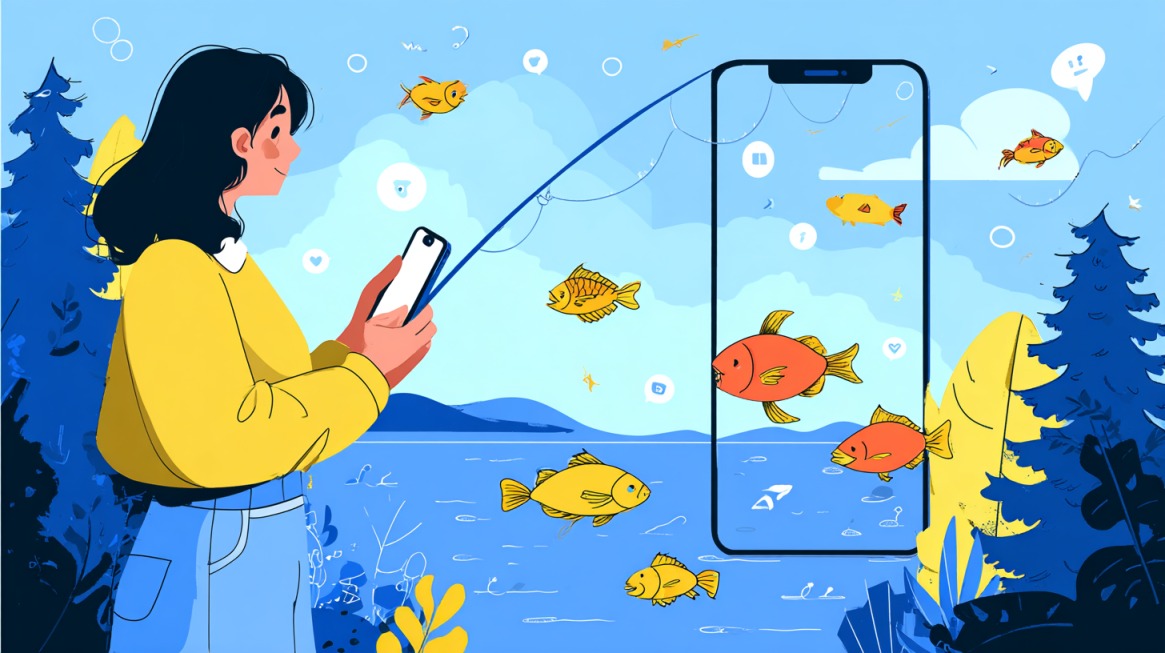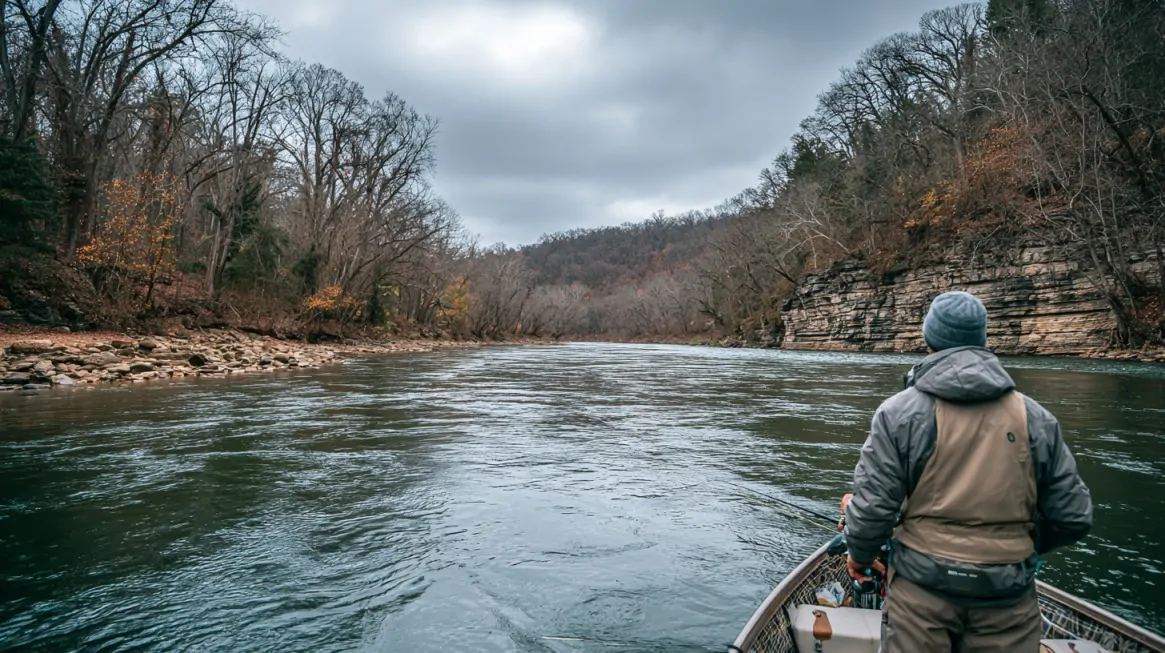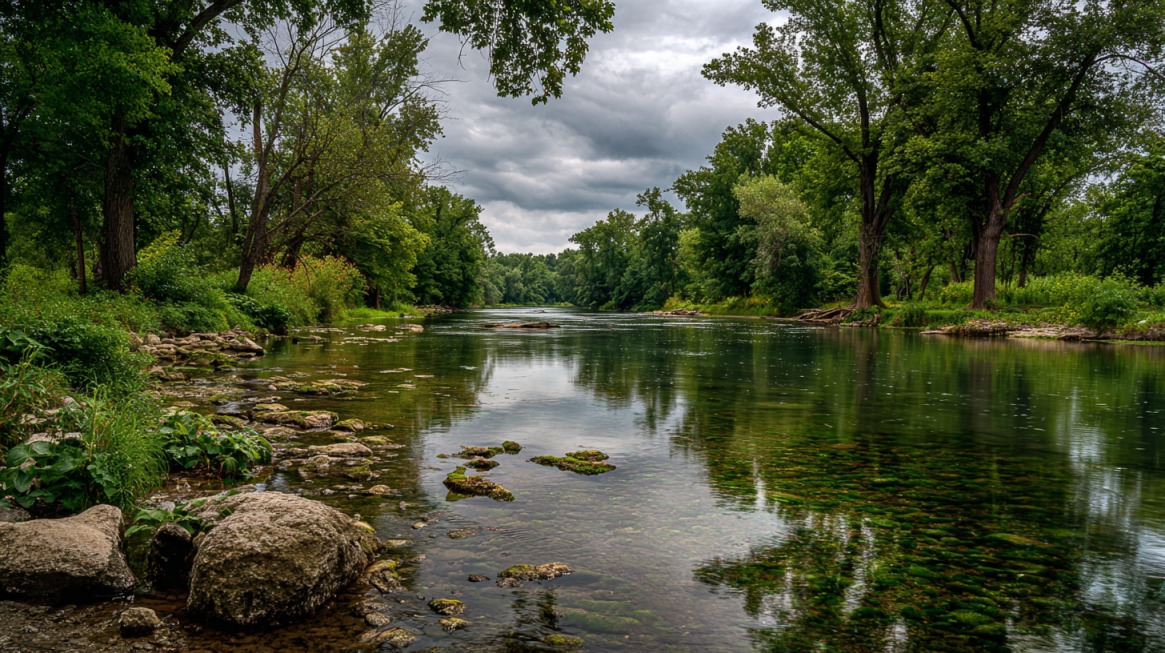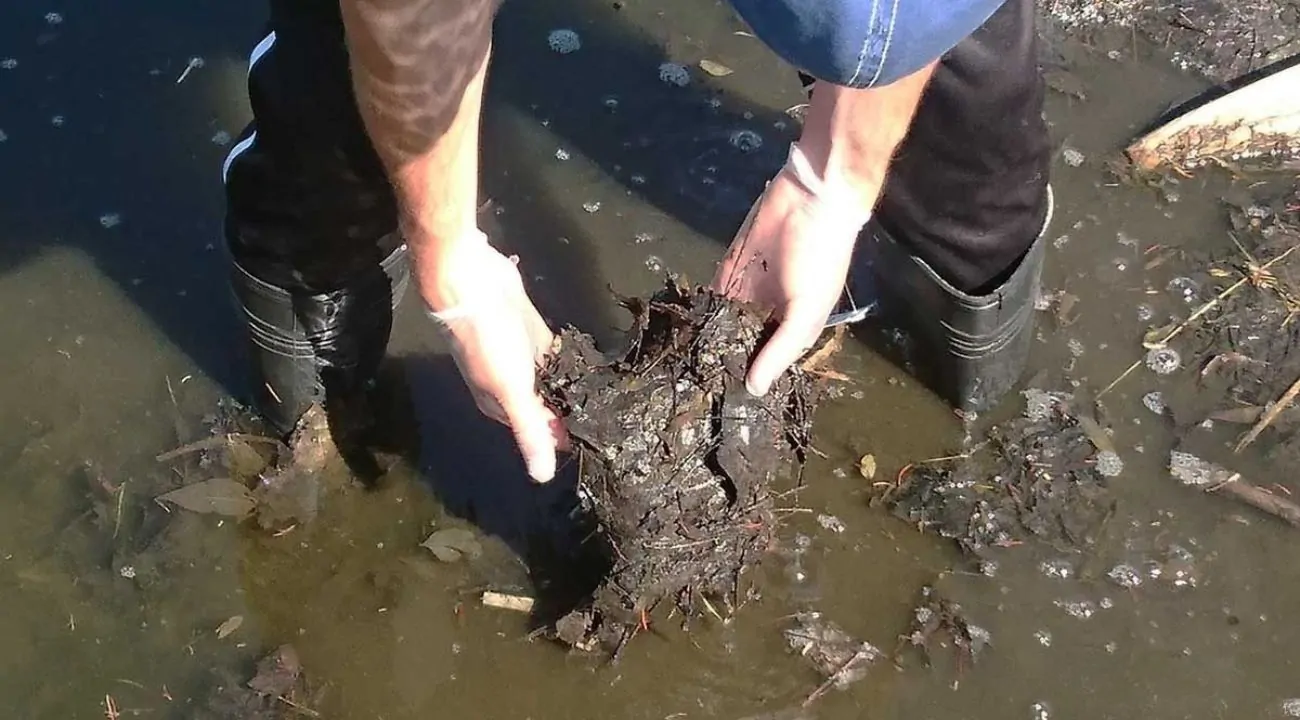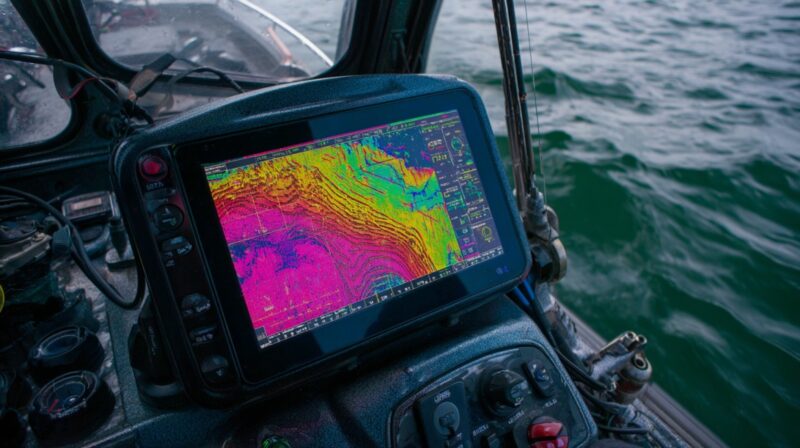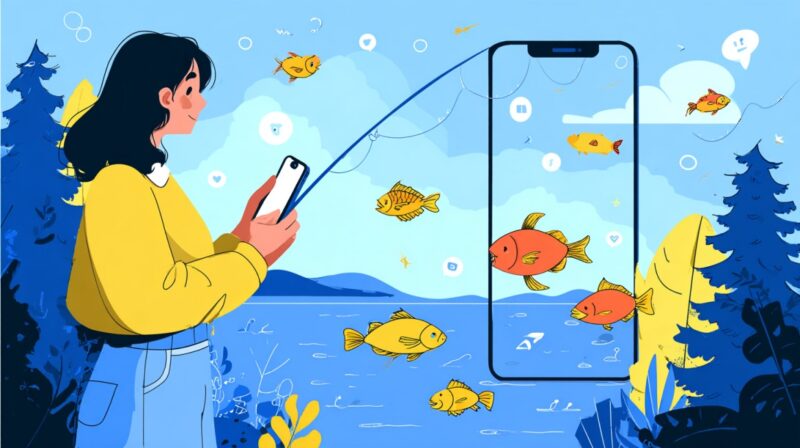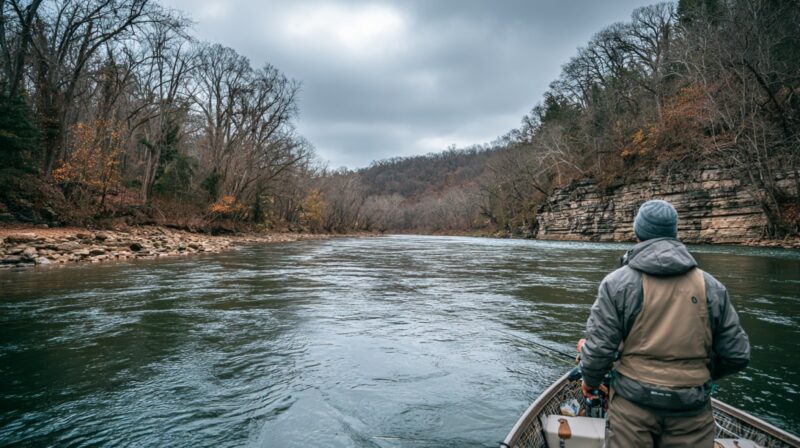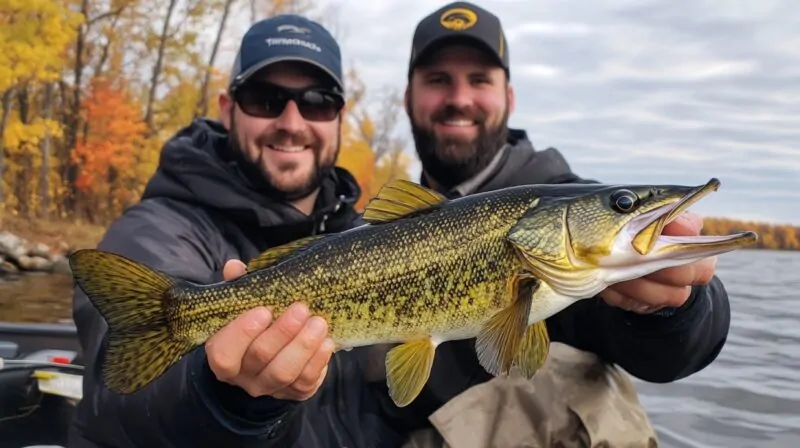
Share Post:
Fall sets the stage for some of the most productive walleye fishing of the year. Cooling waters trigger aggressive feeding behavior, especially during migration periods.
Patterns vary depending on lake type, depth, temperature shifts, and structural makeup, so tailoring approaches becomes essential for consistent success.
Table of Contents
ToggleKey Fall Walleye Catch Techniques
Fall walleye fishing demands a varied toolkit. Conditions can shift quickly, fish can transition between depths, and feeding windows may be short and intense.
A tactical approach that covers multiple presentation styles, both aggressive and subtle, gives anglers the best odds. Each technique listed here addresses specific water conditions and fish behavior.
Jig and Minnow Approaches
Live minnows paired with light jigs form one of the most reliable fall setups. Jigging along weedlines, drop-offs, and structure edges mimics baitfish in distress, an easy meal for migrating walleye.
Light line and finesse rods increase sensitivity and allow subtle movements to provoke strikes.
- Jig Weight: 1/16–1/8 oz
- Best Areas: Drop-offs, submerged weedlines, transitions
- Presentation: Drift or slow-troll, then pitch jigs when fish are located
- Ideal Setup: Medium-light spinning rod, 6–8 lb braided line with fluorocarbon leader
Staying mobile helps locate active schools, while precise casts into high-percentage zones increase hook-up rates. Natural colors tend to outperform flashy ones, especially in clear water.
Vertical Jigging
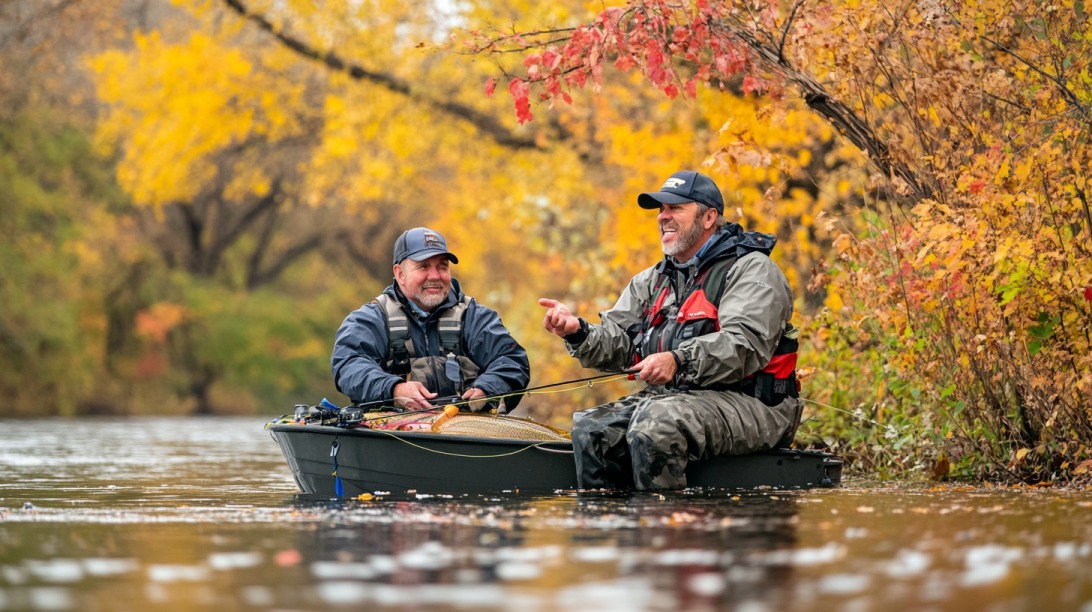
Precision dominates when fish suspend near cover or hug the bottom in deeper zones.
Vertical jigging allows pinpoint control of the bait, making it perfect for working tight areas like submerged wood, cribs, and sharp drops.
- Best Locations: Cribs, bridge pilings, river holes, sunken structure
- Rod Choice: 6’3″ medium-light extra-fast for better feel and hooksets
- Line Setup: 8–10 lb braid with a 6–8 lb fluorocarbon leader
- Technique: Drop directly below the boat, lift with a short snap, then pause
Using quality electronics to mark bait and fish before dropping down adds efficiency. Controlled movement minimizes snags and keeps bait in the strike zone longer.
Trolling Crankbaits
Trolling remains unmatched for covering large expanses of water and locating scattered fish.
As the season progresses and water cools, walleye metabolism slows, so dialing down speed becomes crucial.
- Lures: Salmo Freediver 12, Rapala Husky Jerk, Reef Runner 800
- Trolling Speed: 1.0–2.0 mph
- Depth Strategy: Use planer boards or lead core to reach deeper zones
- Line: 10–12 lb mono or braid, depending on structure
Set multiple lines at varying depths and monitor rod tips for vibration changes. Longer trolling runs along breaklines and flats give lures time to provoke trailing fish into committing.
Casting Swim Baits
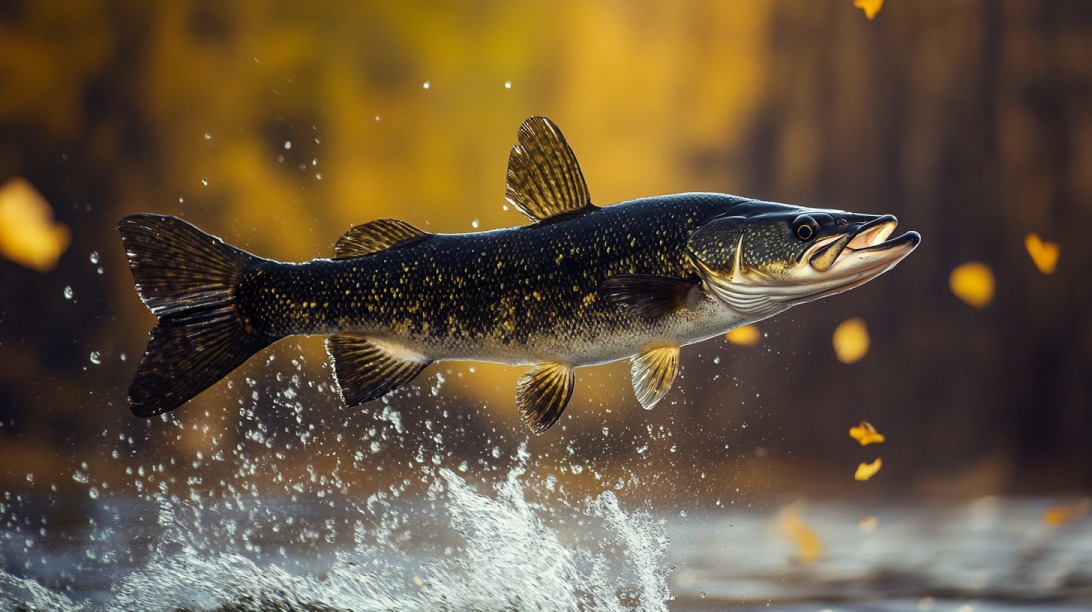
Cisco spawning brings out large predators that roam shallow rocky flats. Swim baits mimic these forage fish exceptionally well.
Casting allows full control over retrieval speed and action.
- Best Areas: Shallow rocks exposed to wind, near drop-offs
- Lure Types: Paddle-tail swim baits, fluke-style plastics, soft jerk baits
- Rod Setup: 7′ medium-fast casting rod with a fast retrieve reel
- Retrieve Strategy: Slow and steady with occasional jerks and pauses
Wind plays a major role in stirring up bait and creating ambush opportunities for walleye. Cast into the wind or cross-current and retrieve along depth contours.
After-Dark Strategies
Nighttime brings a whole new level of opportunity for trophy fish. Reduced light and less pressure make large walleye more aggressive and willing to roam shallow.
Full moons, calm conditions, and clear water increase visibility and success rates.
- Lure Choice: Shallow-running jerk baits, stick baits with rattles
- Fishing Method: Shore casting or wading along rocky shorelines
- Target Areas: Points, inflows, current seams, shallow flats
- Retrieve: Slow with long pauses, avoiding sudden jerks
Silence is crucial after dark. Use headlamps sparingly, avoid loud splashes, and keep movement minimal. Focus on high-percentage windows around dusk, moonrise, and midnight.
The Best Ways to Locate Fall Walleyes
Locating walleyes during their fall migration requires a strategic approach grounded in water temperature, bait movement, and structure. As fish shift in response to cooling conditions, certain zones become hotspots for action.
Anglers who target a combination of depth transitions, current breaks, and spawning-related patterns see more consistent results. Several key areas hold promise, each offering distinct advantages.
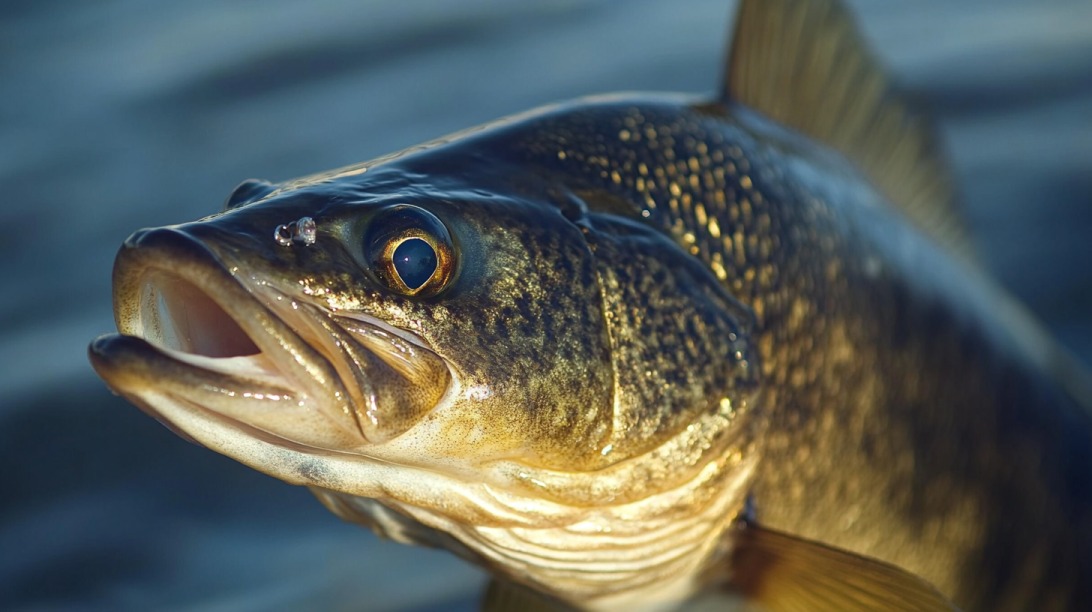
Shallow and Mid-depth Zones
Walleyes often gather near the first significant drop-offs in shallow lake systems, typically between five and ten feet. These areas serve as corridors for baitfish movement, especially when green vegetation persists into fall.
Submerged weeds offer cover, while changing bottom types act as natural highways for forage.
- First drop-offs between 5–10 ft
- Green weeds that remain after early frosts
- Subtle underwater features like points and turns
- Bottom changes between sand, gravel, and mud
Casting jigs or swimbaits along these areas, especially on calm, sunny afternoons, can produce steady bites. Pauses between retrieves can entice neutral fish into striking.
Deep Structures and Boulders
As water cools further, walleyes shift toward more stable environments. Deep rock points, submerged ledges, and river channels become regular hangouts.
These structures provide shelter and steady access to baitfish.
- Rock points that extend into deeper water
- River channels with irregular edges
- Ledges that feature contours like stair steps or fingers
- Boulders along steep drops that create current seams
Sonar and side imaging help isolate these complex features, allowing for vertical jigging or tight trolling passes. Multiple fish often stack in these zones, making them worth revisiting.
Current Areas
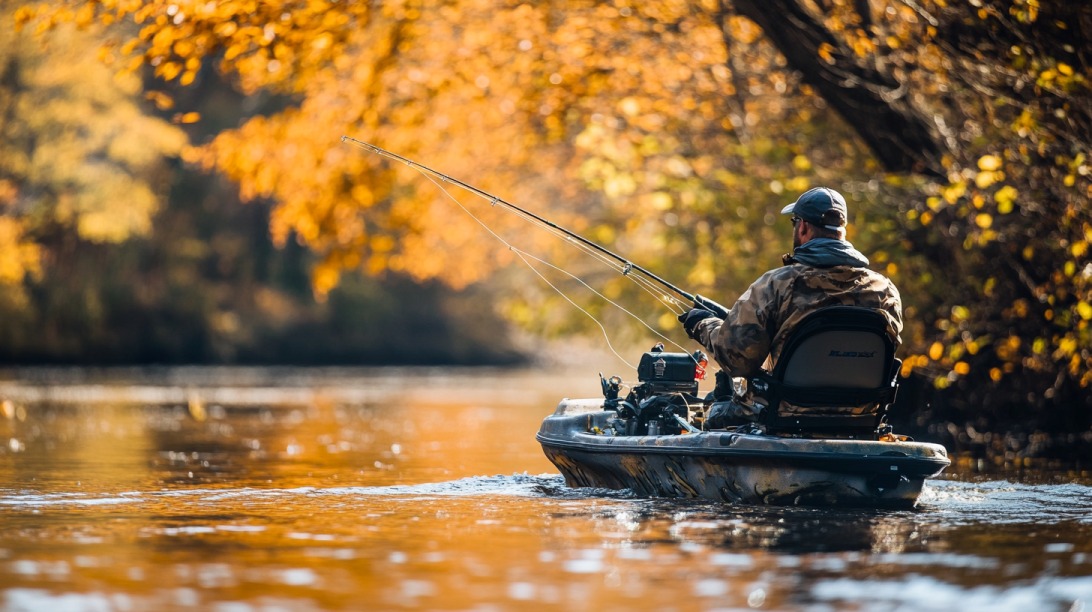
Moving water naturally gathers bait and triggers feeding. Creeks, neckdowns between islands, and manmade causeways concentrate walleyes during fall, especially as temperatures drop under 55°F.
Baitfish migrations amplify activity in these zones.
- Creek mouths with visible flow
- Bridges or culverts connecting two basins
- Constricted areas where current accelerates
- River mouths near main lakes or reservoirs
Casting upstream and letting baits drift naturally can lead to powerful strikes. Timing plays a big role, morning and late afternoon windows tend to be best.
Cisco Spawning Zones
Trophy-class walleyes chase after spawning cisco and tullibee in late fall. These baitfish gather over shallow rocks during moonlit nights, creating a buffet for aggressive predators.
- Shallow, windswept rock flats near deeper water
- Rocky points with direct drop-offs
- Wind-facing shorelines during dusk and night hours
Fish tend to roam, so fan casting with large jerkbaits or soft swimbaits helps cover ground. Fewer bites, but better quality, makes this a big-fish-only approach.
Community Spots
Areas known for summer action often rebound as fall progresses. As pressure fades and baitfish cycle back through, familiar locations regain their productivity.
- Reefs in main lake basins
- Submerged points or humps previously overfished
- Weed lines adjacent to hard-bottom structures
Returning to these locations with fresh tactics often reveals surprising results. Electronics help verify bait presence and fish activity before committing too much time.
Weather and Timing Considerations
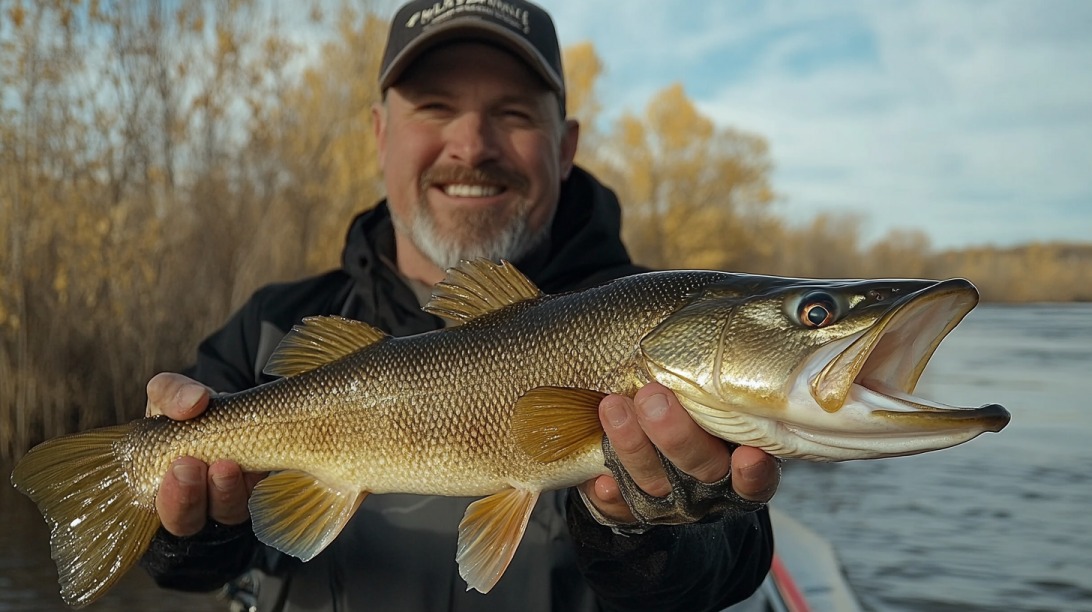
Fall weather introduces both opportunity and challenge in walleye fishing. Patterns shift quickly, and success depends on close attention to how temperature and light influence fish movement.
Many anglers overlook how a few degrees can change the entire behavior of a school, especially during short bite windows.
Adjusting based on warming trends or sudden snaps of cold weather helps maximize your time on the water.
- Cold snaps shut down activity – sudden temperature drops make fish sluggish and less likely to chase.
- Sunny afternoons offer brief feeding windows – when surface temperatures rise even slightly, walleye become more aggressive.
- Stable weather leads to predictable patterns – consistent temperature, wind, and pressure over several days make fish easier to locate.
- Wind direction matters – wind-blown shorelines concentrate bait and attract hungry predators.
Fall fishing often mimics winter conditions, requiring gear that keeps you warm and mobile.
Prepare for long sits, damp conditions, and sudden gusts of wind by dressing for the extremes.
- Insulated gloves that allow sensitivity without sacrificing warmth
- Thermal bibs or float suits for wind protection
- Waterproof boots with high insulation ratings
- Neck gaiters or balaclavas for windburn prevention
Fishing comfort in the fall is not a luxury, it’s a necessity for stamina and safety.
Tackle and Gear Recommendations
Equipment makes a critical difference in fall walleye fishing. Rod action, reel performance, line selection, and electronics must all work together for efficient presentation and bite detection.
A tailored gear setup improves hook-up rates and helps cover more water efficiently.
Key gear suggestions are listed below for convenience:
| Category | Recommendations |
|---|---|
| Rod Selection | Medium-light to medium rods with extra-fast action tips; 6’3” to 7’ lengths for balanced casting and jigging control |
| Reel Type | Light spinning reels with smooth drag systems; Lew’s Speed Spin performs well in harsh conditions |
| Line and Leader Setup | 6–10 lb braided mainline for sensitivity and strength; fluorocarbon leaders for low visibility and abrasion resistance |
| Electronics | Side-imaging sonar to identify structure and fish schools; GPS-enabled units for marking waypoints and navigating back |
A well-matched setup makes all the difference when working subtle bites or targeting pressured fish.
Efficient electronics and comfortable, responsive tackle give a clear edge during unpredictable fall conditions.
The Bottom Line
Fall migration gives anglers an edge, offering rare chances at trophy walleye in both numbers and size.
Results depend on adapting to changing conditions, reading the water accurately, and applying a wide range of techniques.
Success often comes to those who stay flexible, put in the time, and fine-tune their approach based on what each session teaches them.
Related Posts:
- Where to Find White Bass in Illinois During Spring…
- Top 11 Tips for Catching Bluegill in Lakes and Ponds
- Night Fishing Tips and Tricks - Catching More After Sunset
- What Are the Best Techniques for Holding Large Catfish?
- 7 Best Fly Rods for Beginners in 2025 - What to Look…
- Best Illinois Fishing Spots For Muskie - Where to…



